Huawei P30 Pro review: unprecedented camera, familiar design
Is the Huawei P30 Pro a worthy successor to the P20 Pro? Find out now in T3's official Huawei P30 Pro review...

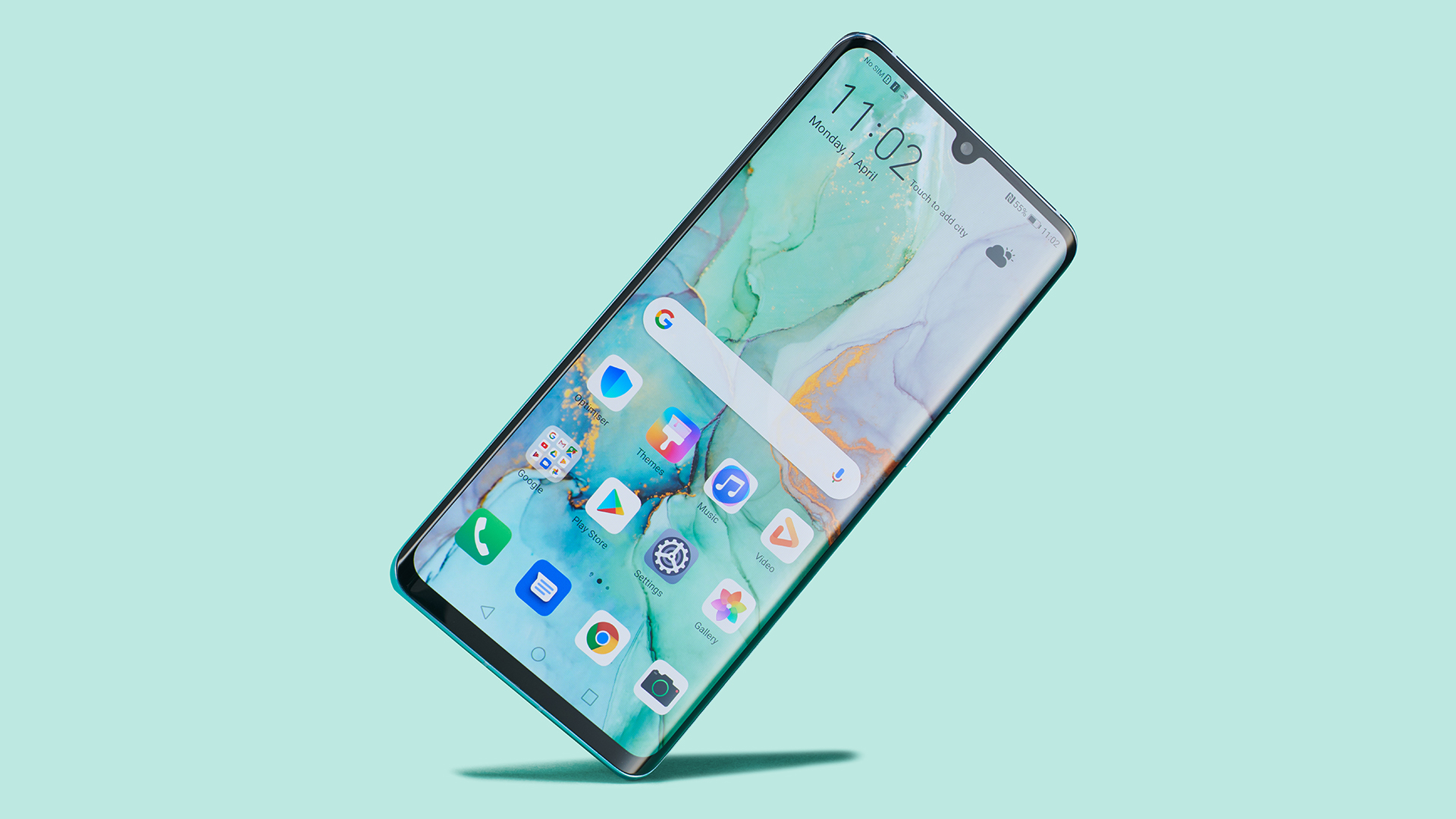
The Huawei P30 Pro is an impressive piece of kit. It has a gorgeous curved screen, flagship Kirin 980 processor, IP68 water and dust resistance, reverse wireless charging, a faster in-display fingerprint scanner, and more. But let's be honest, the P30 Pro is really all about the camera. And what a camera it is! The phenomenal 5x optical and 10x hybrid zoom are unlike anything we've used before and allow you to capture photos that you simply wouldn't be able to get with any other smartphone.
-
+
Never-Before-Seen Lossless Zoom Feature
-
+
Ultra-Wide Angle Camera Is Fun
-
+
Super HDR In Photos
-
+
Fast In-Display Fingerprint Scanner
-
+
Generous 6.47-inch Display
-
+
Long-lasting and rapid-charging battery
-
+
Rapid Kirin 980 processor
-
-
EMUI 9.1 Software Is An Eyesore
-
-
Specs Aren't Market-Leading
Why you can trust T3

Huawei P30 Pro key specs

Dimensions: 158 x 73.4 x 8.4 mm
Weight: 192 g
Screen: 6.47-inch, 19.5:9, 398 ppi (1,080 x 2,340)
CPU: Kirin 980
RAM: 6GB/8GB
Storage: 128GB/256GB/512GB
Battery: 4,200 mAh
Cameras: 40MP + 20MP + 8MP rear + ToF / 32MP front
OS: Android 9.0 Pie, EMUI 9.1
Welcome to T3's official Huawei P30 Pro review, your comprehensive guide to every aspect of the hot new handset from the Chinese maker, ranging from the Huawei P30 Pro specs and Huawei P30 Pro price, through to our detailed breakdown of the phone's hardware and features. We've also got information on the best Huawei P30 Pro deals right now, including information on Huawei P30 Pro eBay prices.
And, simply put, Huawei's latest flagship really is a phone to sit up and take notice of. Not only is the device loaded with the flagship Kirin 980 chipset that debuted in the stunning Mate 20 Pro late last year, which as benchmarks prove is lightning fast, but the P30 Pro also comes with buckets of memory and storage, a smaller notch, a significantly bigger battery, and a redesigned camera system.
- Huawei P40 Pro review: flawed beauty
- Samsung Galaxy S10 vs Huawei P30 Pro
And it's that new camera system that really helps the P30 Pro stand out from the crowd. Building on the 3x lossless optical zoom introduced with the P20 Pro last year, Huawei has outdone itself with the P30 Pro. If you're looking for a truly unique smartphone camera experience – or hoping to start an amateur detective agency and need a seriously powerful zoom in your pocket – this might just have to be your next phone.
However, as this Huawei P30 Pro review will hopefully make clear, this handset is far more than just a picture-taking powerhouse, and has the potential to be the perfect phone for a variety of different users.
Huawei P30 Pro Review: price and availability
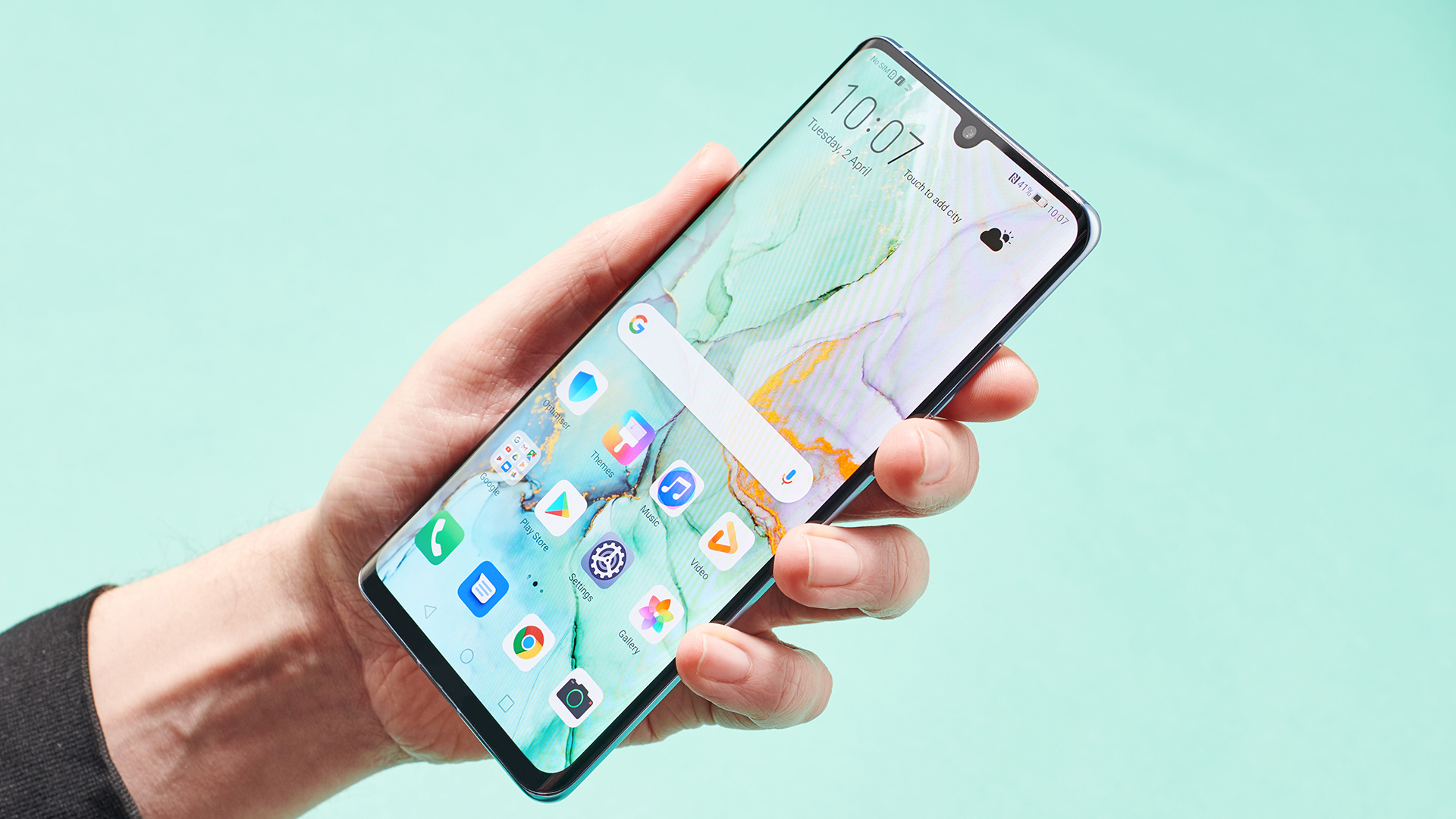
The Huawei P30 Pro is available right now from a variety of online and high-street retailers, including: Carphone Warehouse, EE, Vodafone, Mobiles.co.uk, Virgin Mobile, and of course directly from Huawei.
The Huawei P30 Pro price currently sits at £899 SIM free for the 128GB storage variant, and £1,099 for the 512GB version.
Huawei P30 Pro eBay prices currently sit as low as £744.99 for a brand new sealed device.
Get all the latest news, reviews, deals and buying guides on gorgeous tech, home and active products from the T3 experts
Huawei P30 Pro Review: Camera
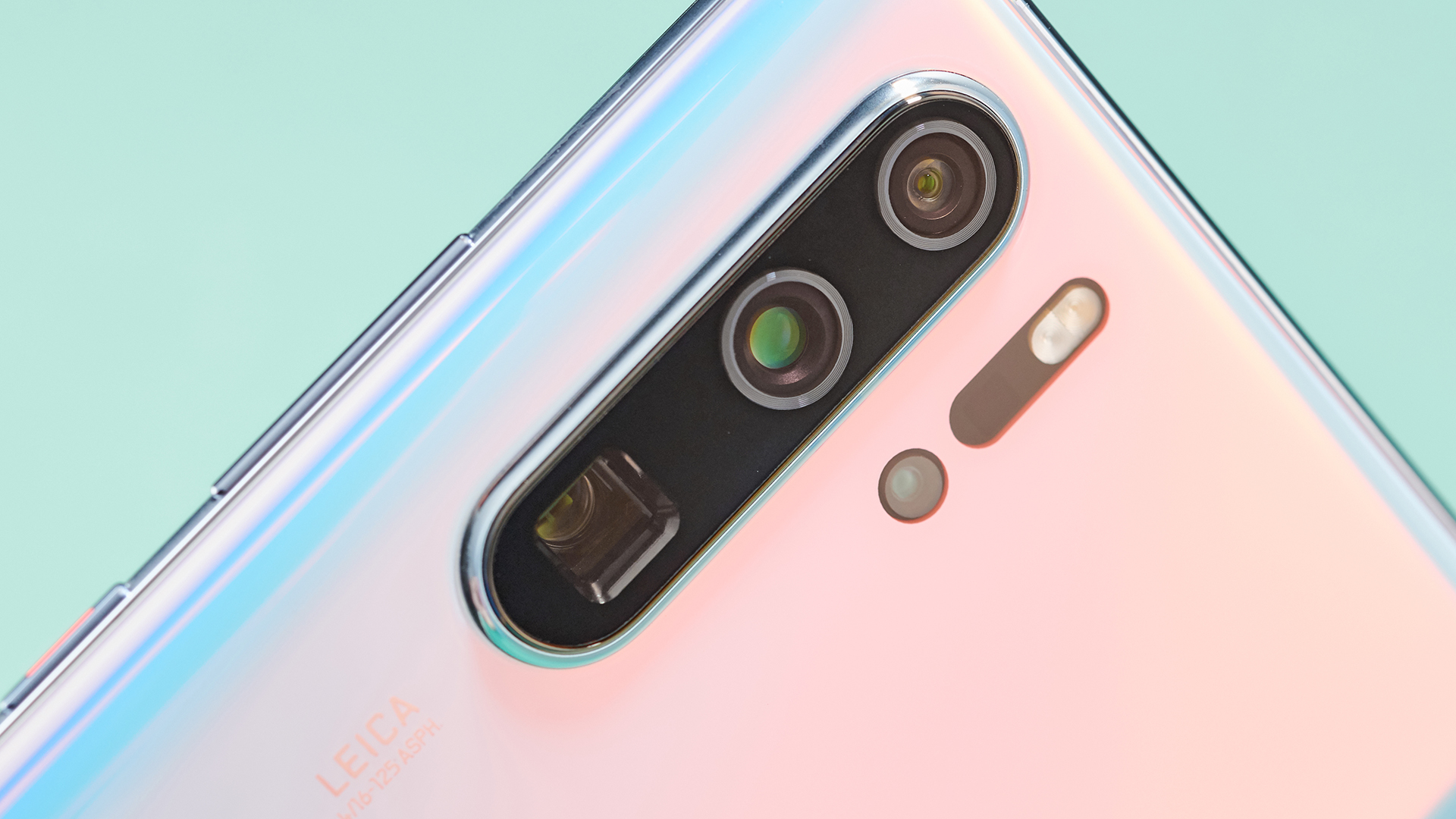
With the P30 Pro, Huawei has taken the ideas that it introduced with the P20 Pro last year and run with them. The impressive 3x lossless optical zoom that helped the P20 Pro snatch a five-star review from us last year has been increased to 5x optical zoom. Not only that, but there's also a 10x lossless hybrid zoom feature that uses the AI built-into the Kirin 980 chipset to sharpen up your shots and remove any blur from hand movements. It's seriously impressive stuff.
Of course, since Huawei has simply increased the amount of zoom that you get out of the latest P series, you could be forgiven for thinking this is an unimaginative, or iterative update to the formula from last year.
But that would be selling the Huawei P30 Pro very short.

Huawei P30 Pro camera images gallery
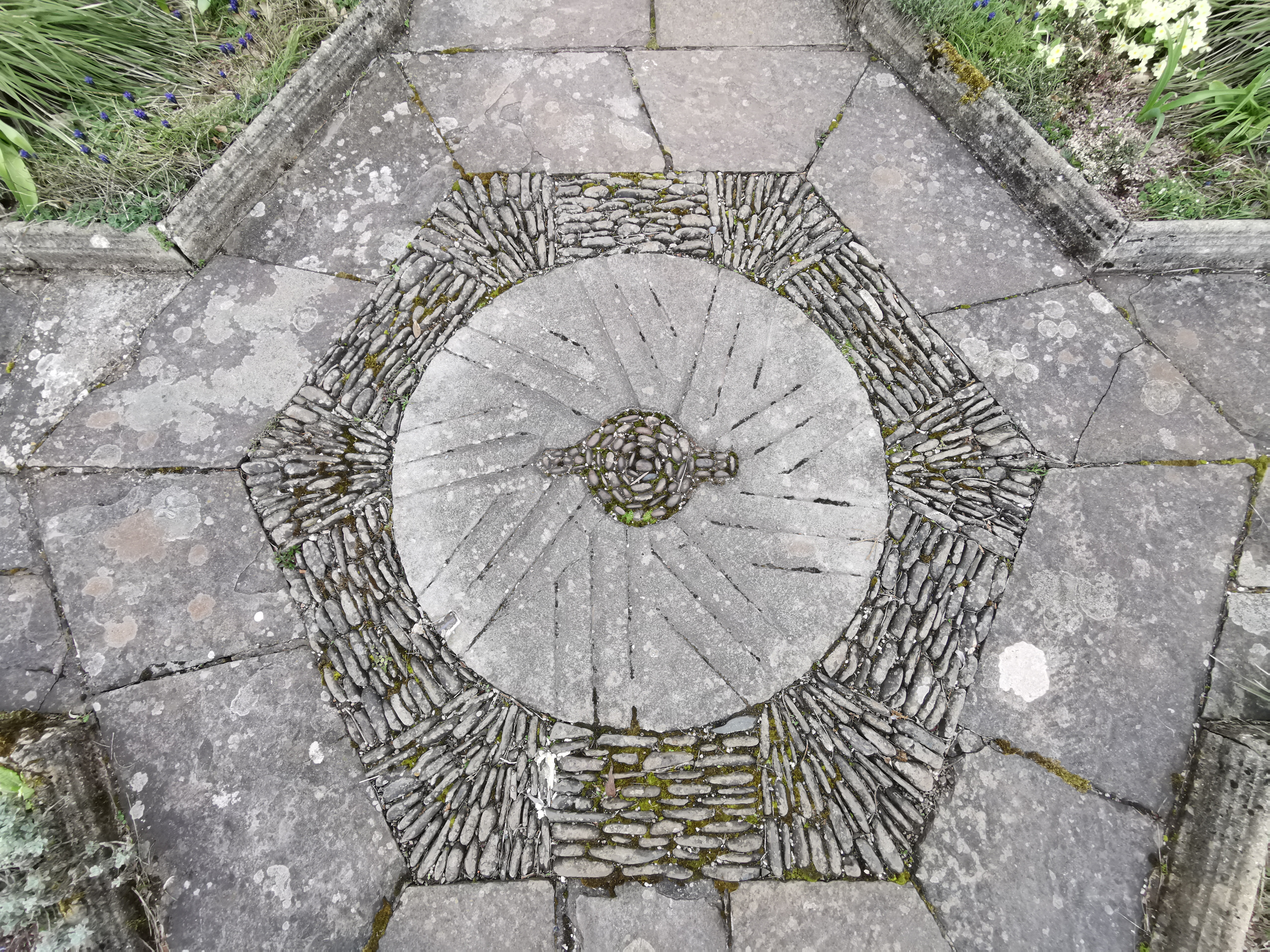
Huawei P30 Pro camera images gallery

Huawei P30 Pro camera images gallery

Huawei P30 Pro camera images gallery


Huawei P30 Pro camera images gallery

Huawei P30 Pro camera images gallery

Huawei P30 Pro camera images gallery

Huawei P30 Pro camera images gallery
Huawei hasn't stopped with improving the zoom capabilities. Instead, Huawei has rebuilt its entire camera system from the ground-up – a complete overhaul that starts with the sensor in the new quadruple-camera system. Rather than opting for an off-the-shelf RGB (Red-Green-Blue) sensor, like literally every other smartphone manufacturer on the planet, Huawei has decided to use a RYYB (Red-Yellow-Yellow-Blue) sensor in the P30 Pro. That's because Yellow sensors can absorb twice as much light as their Green counterparts, which means they can gather a lot more information with every press of the shutter button.
All of this extra information is processed and crunched by Huawei's onboard AI to improve zoom and low-light images. However, as you might expect, ditching the RGB configuration seen everywhere else in the smartphone industry requires a pretty fundamental rethink on how to process information gathered by a camera. Huawei says they've been working on this change for years, but have only just managed to bring the solution to market. It also says that it's one of the only companies that could engineer this type of change, since it builds the silicon and ISPs for its phones.
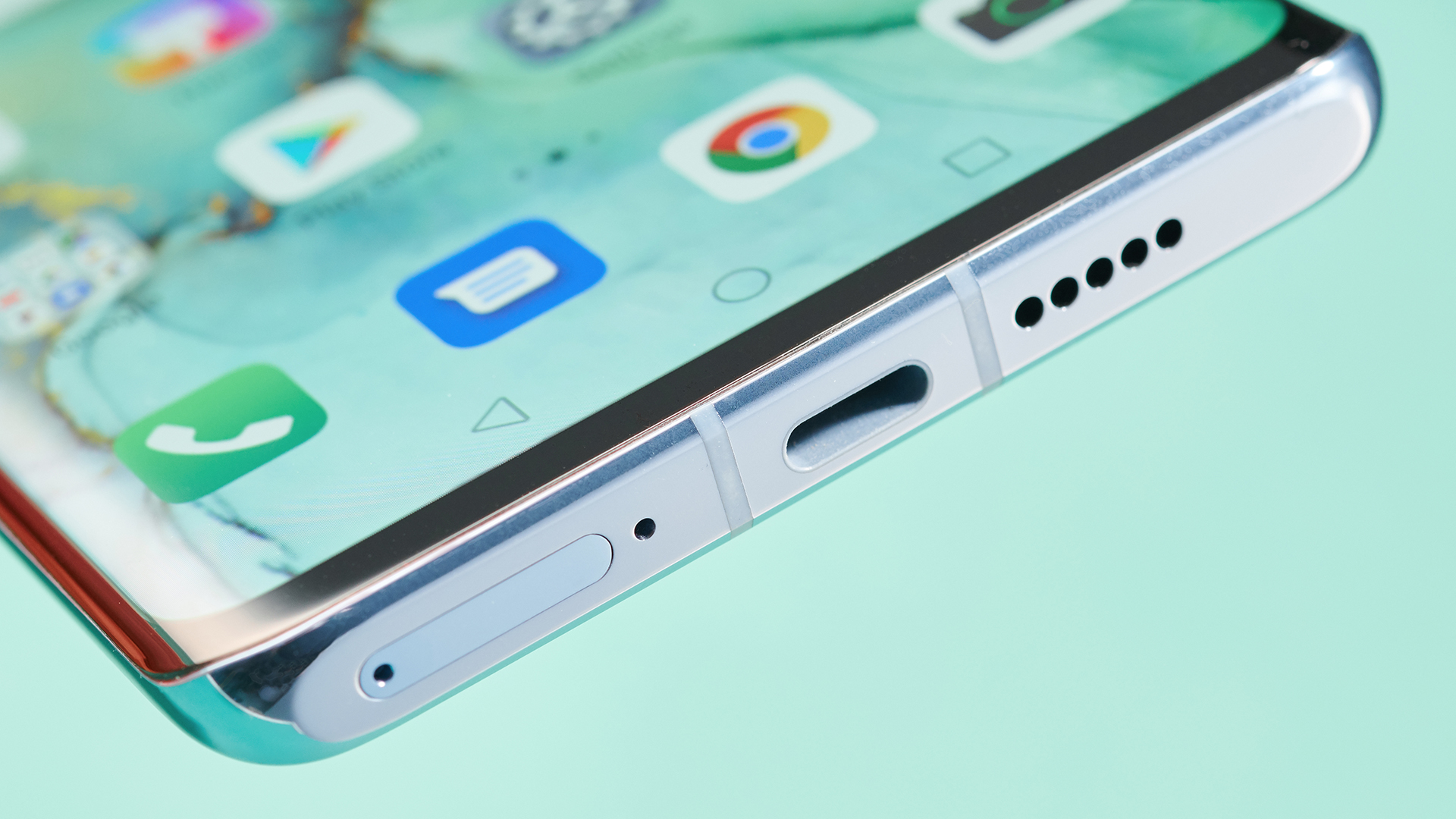
Moving to the RYYB sensor also required Huawei to rework how its Kirin 980 Image Signal Processor handles the input from the camera. The company clearly believes all this upheaval will result in more detailed images, better hybrid zoom, and improved low-light performance. And over our full review testing time with the handset it soon became clear that these changes have indeed led to an improved, super versatile camera system.
Photographs are very sharp and burst with vibrant colours. Thankfully, the images aren't quite as ziggy and over-saturated as the Samsung Galaxy S10 produces. As you'd expect from a modern flagship smartphone, there's the ability to add bokeh-style blur behind the subject of your photograph. While this isn't quite as refined and realistic as the iPhone XS, it stands toe-to-toe with the best from the Google Pixel 3XL and Samsung Galaxy S10 Plus. There's also an ultra-wide lens that can create some thrillingly original shots (it can also be useful when sightseeing to squeeze an entire skyscraper into your family shot).
Finally, there's the zoom functionality. This is easily the star of the show.

The P30 Pro maxes-out at a staggering 50x digital zoom, which lets you get shots that simply wouldn't be possible with any other smartphone on sale right now
The lossless 5x optical zoom is phenomenal for capturing details in the distance which would otherwise be unseen. In our brief time with the P30 Pro, we were able to zoom into architectural features on the opposite side of the street with crystal-clear quality. This feature will transform your gig photography – whether you agree with people filming concerts is a debate for another time – and a whole host of other everyday shots. And that's not even the most impressive zoom feature.
Huawei's hybrid 10x zoom, which it also claims is completely lossless, uses AI to detect what is in the photo and enhance and sharpen any details that may have been lost in the digital zoom. It's seriously impressive stuff. Text works particularly well. For example, we were able to zoom into a small road sign using the 10x hybrid zoom at the other end of a busy London street – only to find the resulting image almost as sharp as if we were stood beside it when we pressed the shutter. Granted, not everything comes out as crystal-clear as pain text. Whatever algorithms are running behind-the-scenes in the hybrid zoom system made some of the people around the sign in our shot look a little over-sharpened and janky.
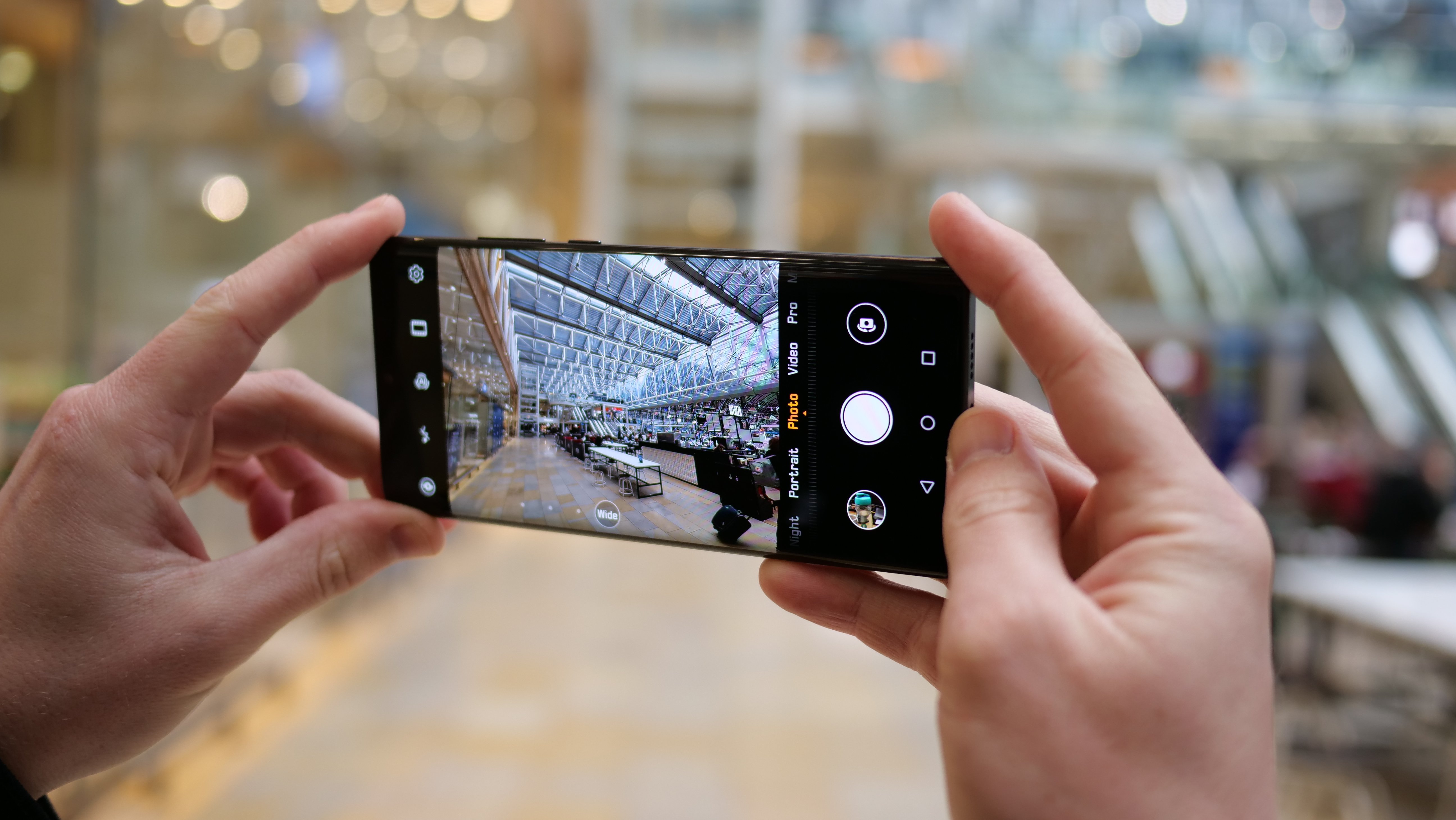
All Of The Zoom Capabilities Of The Huawei P30 Pro ...




To achieve all of this impressive zoomage, Huawei is using a quadruple-camera system that combines a 40-megapixel f/1.6 wide-angle camera with Optical Image Stabilisation (OIS), a 20-megapixel ultra-wide sensor, an 8-megapixel telephoto sensor, and a Time Of Flight (ToF) lens with a flood illuminator. The latter is used to dramatically improve the bokeh-style blur behind the subject of a portrait-style photograph. With future software updates, Huawei says the ToF will also be able to measure objects and people from within the viewfinder, similar to the Measure app built-into the latest versions of Apple's iOS.
Huawei is employing both Optical Image Stabilisation (OIS) and AI-powered digital stabilisation to remove any trace of a wobble from your stills and videos – something that is extremely important when you're trying to line-up a shot in 10x zoom on a busy street, trust us.
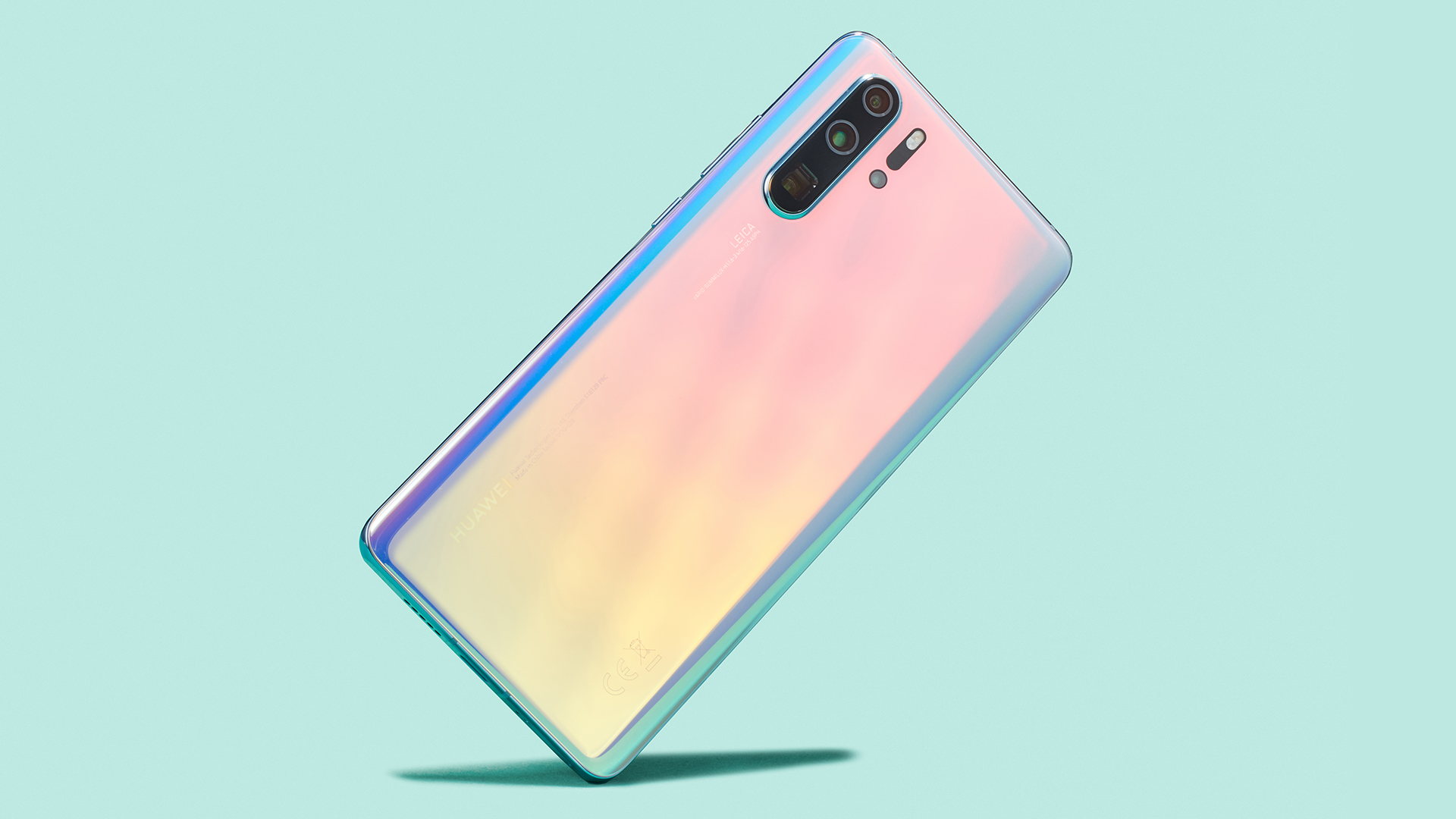
This system also helps to minimise blur from shots taken with the dedicated Night Mode, which keeps the shutter open for longer to draw-out as much possible light from the scene.
Speaking of night photography, the low-light capabilities of the new P30 Pro are very impressive, with the handset delivering 409,600 levels of ISO sensitivity compared to only the 102,400 that were offered on the P20 Pro. This makes taking images even in really low-light environments, such as a library in near complete darkness, a remarkably easy, relatively blur-free experience.

An example of the P30 Pro's Night Mode. This image was taken in a dark library where, to the naked eye, it was hard to make out individual book titles.
Unlike many other rival devices at the P30 Pro's price tier, who's low-light modes offer an improvement to clarity and sharpness but retain a nighttime aesthetic, the P30 Pro dramatically shifts the image's overall illumination. Pictures taken in dark rooms suddenly look like they were taken in the evening instead, for example.
The image above, for example, which was taken in a dark library, looks in the image like it was taken with the room's lights on. Equally, when viewing these books with the naked eye it was incredibly difficult to make out their titles, however here in the Night Mode image that is not the case.
Will Night Mode lead you to take better or more creative images? No, probably not. We can't imagine you hanging a Night Mode shot on your wall, or winning a photography competition with a snap, as in the grand scheme of things the image quality isn't brilliant. But if you absolutely have to shoot something in darkness or very low light then it allows you to do that.
Huawei P30 Pro Review: design and display

On the front of the P30, Huawei has slimmed down the small notch at the top of the display – very much like what OnePlus did when it moved from the OnePlus 6 to the 6T last year. This has enabled Huawei to increase the size of the screen from the 6.1-inch panel seen on the P20 Pro to a larger 6.47-inch FHD+ resolution OLED with a 19.5:9 aspect ratio. The display looks solid – it's colourful and vibrant. That FHD+ resolution means this is far from the sharpest display on the market right now, but at normal viewing distances – namely, at the end of your arm – it's absolutely fine.
GeekBench 4 Benchmarks - Huawei P30 Pro

[CPU test]
Single-core: 3,267
Multi-core: 9,659
[Compute test]
RenderSript Score: 5,890
[Battery test]
Battery Score Estimate: 6,650
For our money, it's not as brilliant as the AMOLED panels on the Galaxy S10 range, which are genuinely jaw-dropping. That said, the display on the Huawei P30 Pro is much nicer than anything on the Google Pixel 3 range, which still has an unfriendly cold-look about it, and none of the pop of this panel.
Despite the smaller size of the notch, Huawei has managed to squeeze an impressive 32-megapixel front-facing camera into the cut-out. The new selfie camera supports its Super HDR technology, which helps preserve more details in the shadows and highlights – even when there is a harsh light source directly behind you.
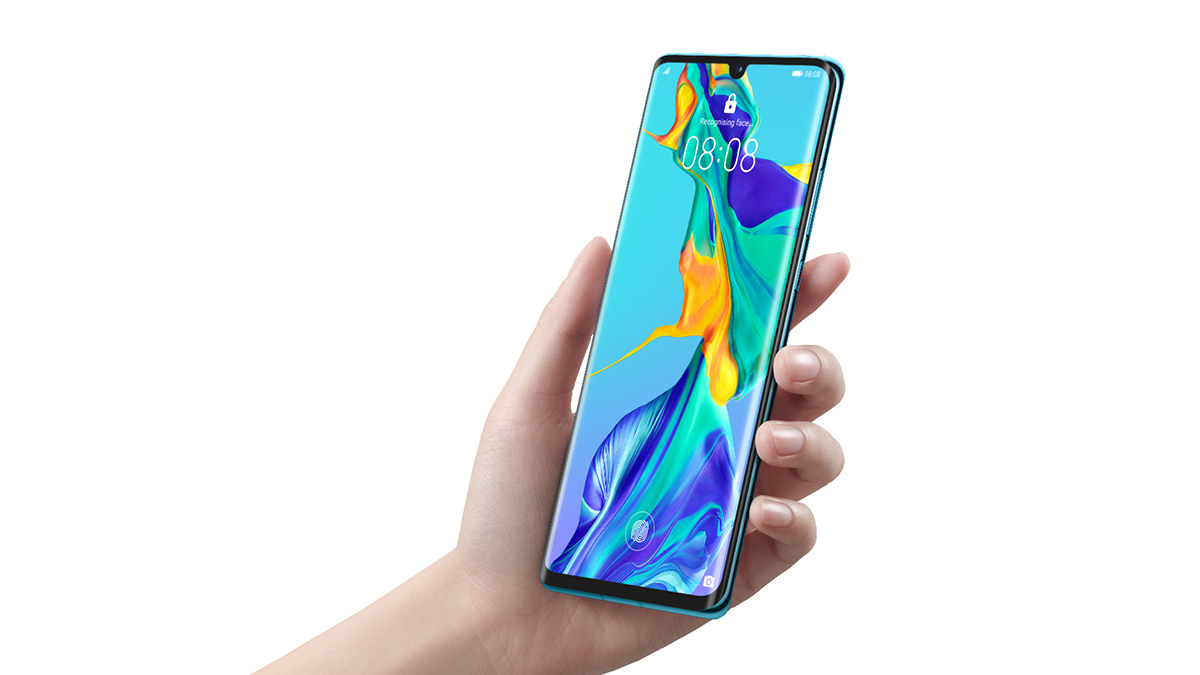
When it comes to logging into the phone and authenticating secure apps and transactions, Huawei has opted for an in-display fingerprint scanner. Unfortunately, this isn't the fancy ultrasonic variety you'll find on the Galaxy S10 which works through rain and sweat, this is an optical sensor, like the ones used in the OnePlus 6T and Mate 20 Pro. Huawei says it's more accurate and speedier than the latter, which seems to hold-up in our testing, but it's a shame the flagship P series isn't using the same cutting-edge tech as its Android rivals.
As for the design of the phone itself, there's no doubt that is a premium handset. The days of the tacky, hollow-feel to the aluminium on the likes of the Huawei P9 and P10 are long gone. The curved glass and metal chassis of the P30 Pro feels solid in the handset. That said, Huawei still lacks some of the refinement that you get with other manufacturers. The P30 Pro can't quite muster the same refinement as the Galaxy S10 Plus, for example. And it's a long way from the fit-and-finish you get with Apple products. It's not an issue per se, but when Huawei is competing directly with these handsets on price, it's definitely worth pointing out.
Finally, Huawei has also kept the stunning, shimmering "gradient" colour finishes it introduced with the P20 series last year – adding a slew of different options.
In total, the P30 Pro is available in five finishes, known as Breathing Crystal, Amber Sunrise, Pearl White, Black, and Aurora. The new colourful cases on the P30 are absolutely stunning and really help it stand out from the sea of indistinguishable aluminium Android devices.
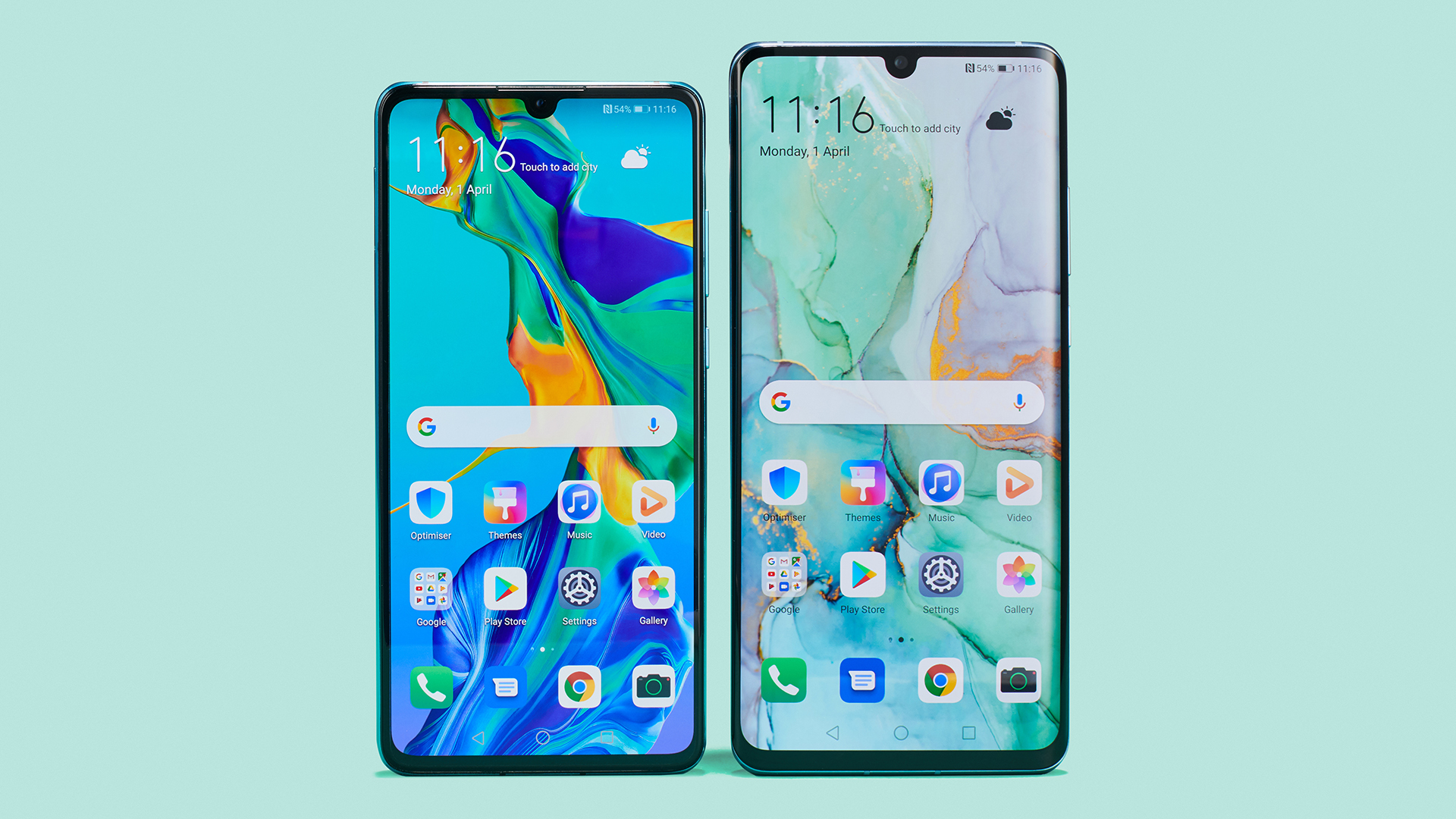
The Huawei P30 next to the Huawei P30 Pro.
Huawei P30 Pro Review: Software and Features
As you'd expect, the latest flagship smartphone from Huawei is running its latest operating system. Dubbed EMUI 9.1, the software is based on Android 9.0 Pie. It runs extremely well on the hardware and offers all the usual features you'd expect from a flagship smartphone in 2019, including the ability to copy something on your phone and paste it immediately using the standard "Ctrl + V" keyboard shortcut on your Huawei MateBook laptop, which is pretty nifty.
However, EMUI still isn't an attractive operating system by any stretch of the imagination. The cartoon-ish design (and not in a charming way, either) looks outdated and infantile. When compared to the Android experience offered on the likes of the Google Pixel, OnePlus, or the new OneUI software powering the latest-generation of Samsung Galaxy handsets, EMUI looks astonishingly subpar.
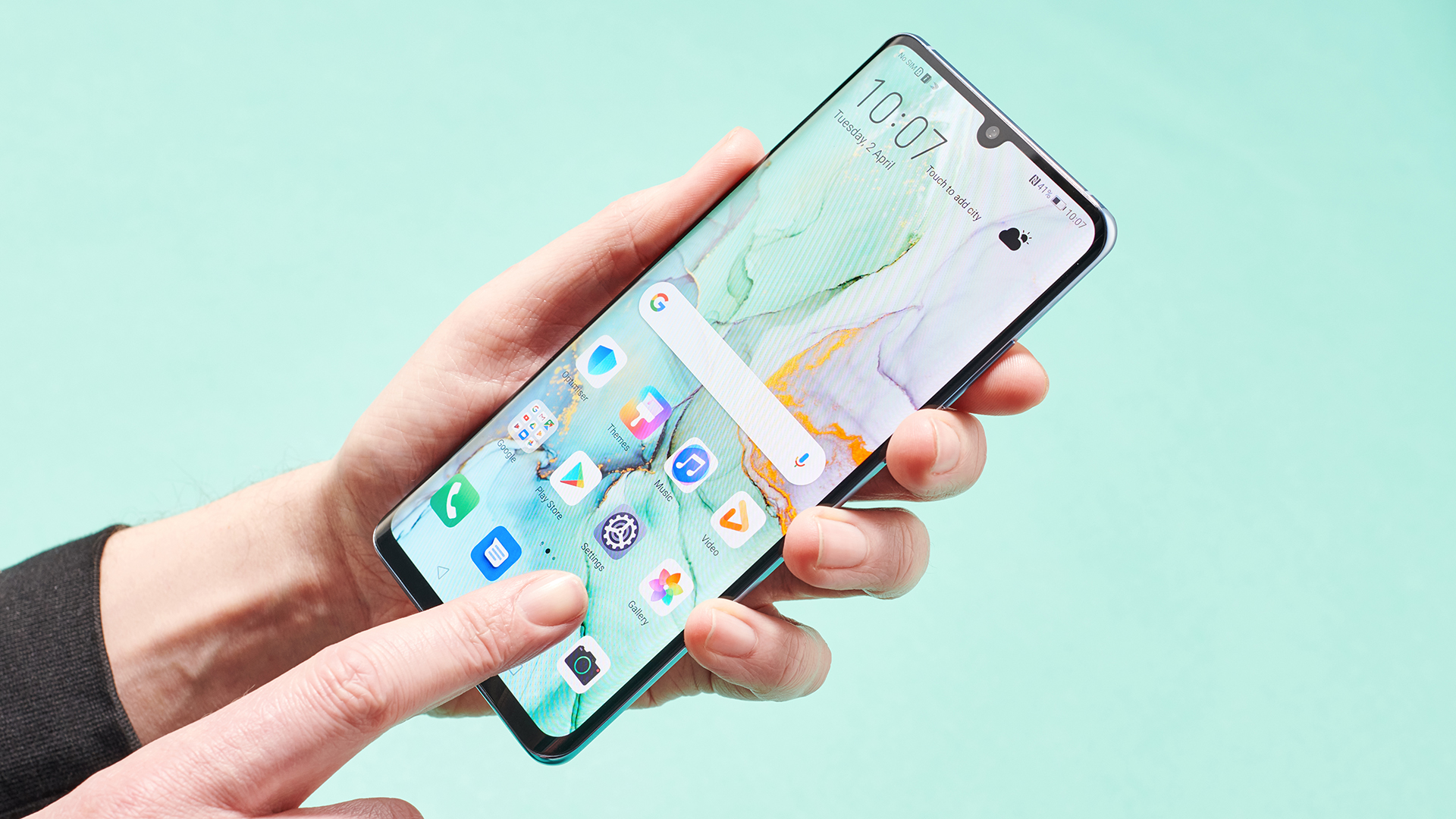
P30 Pro also boasts fast-wired and fast-wireless charging, as well as the reverse wireless charging that debuted with the Huawei Mate 20 Pro last year. The latter lets you charge other Qi-compatible devices, like the Samsung Galaxy Buds or second-generation Apple AirPods, on the rear case of the smartphone.
Thankfully there's a hefty 4,200mAh battery cell underneath the bonnet. This is the same battery that featured in the Huawei Mate 20 Pro last year, which was incredibly impressive on test, and as you would expect it offers the same excellent performance in the P30 Pro. This is both backed up by its GeekBench 4 battery score of 6,650 and also our real-world experiential testing, which saw the battery easily carry us through two days of moderate use without us getting energy anxious.
According to Huawei, the advances in AI and battery management brought about by the Kirin 980 and the latest Android OS mean the P30 Pro technically delivers even better battery performance than the Huawei Mate 20 Pro (as can been by the improved battery benchmark score, 6,650 compared to 5,225), but really the two devices felt similar in terms of real-world battery drain.
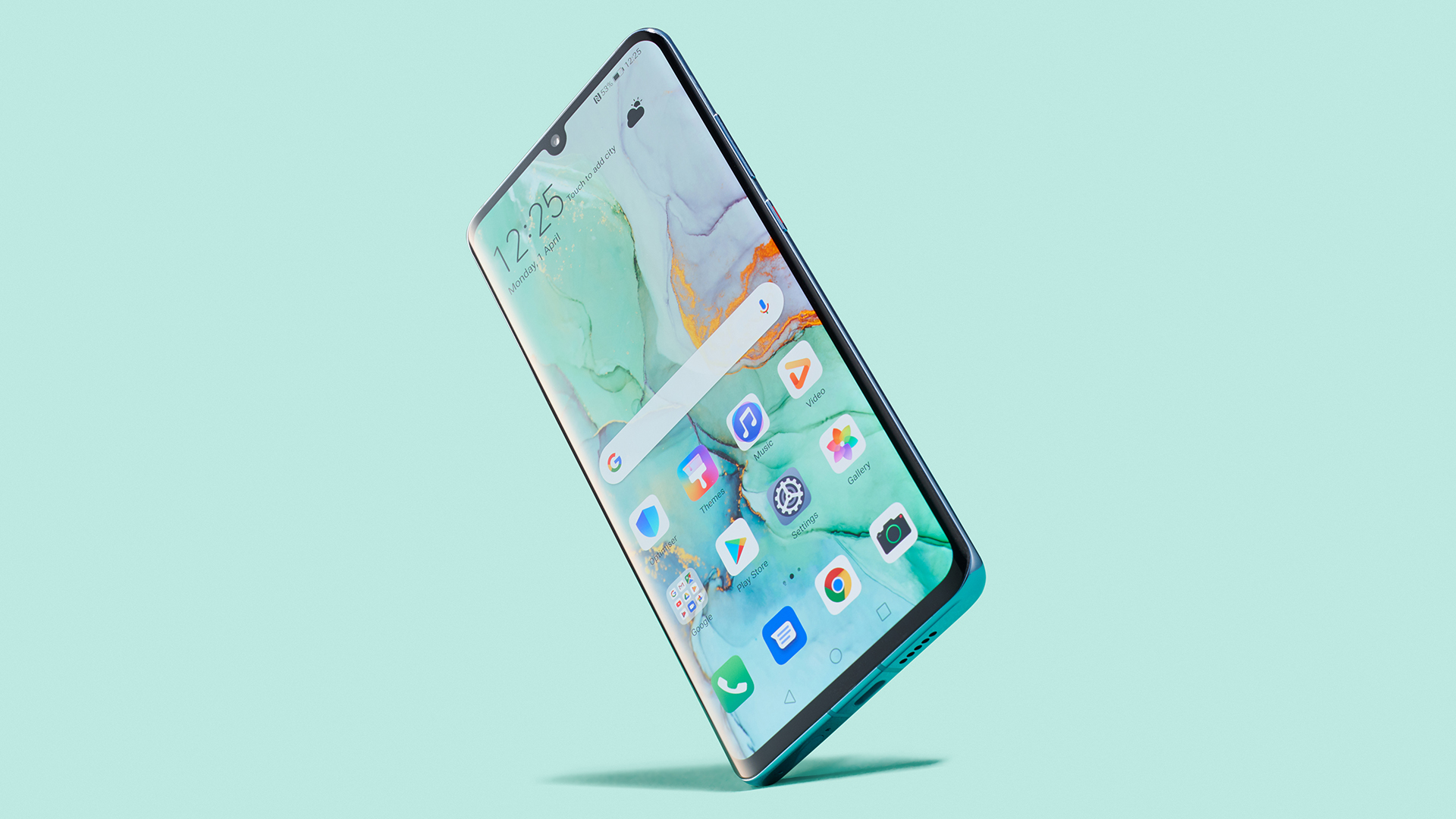
Huawei P30 Pro Review: Verdict
The P30 Pro is a very impressive piece of kit. It has a gorgeous dual-curved design on the front and back that makes the mammoth 6.47-inch OLED display almost manageable in one-hand. And while it doesn't match the Galaxy S10 or iPhone XS in terms of fit-and-finish, there's no doubt this is a well-made smartphone.
There's also improved battery life, IP68 water and dust resistance, reverse wireless charging, a faster and more accurate in-display fingerprint scanner, the flagship Kirin 980 chipset, more case colours than before, and more ... let's be honest, the P30 Pro is really all about the camera. And what a camera it is!
The quadruple-camera throws down the gauntlet to other smartphone manufacturers. Yes, there's the usual bokeh-boasting portrait modes and ultra-wide angles seen on rival handsets, but the improved optical and hybrid zoom are the real stars here. In a nutshell, the Huawei P30 Pro lets you capture photos that you simply wouldn't be able to get with any other phone.
So, there you have it - the Huawei P30 Pro is without doubt an excellent, marked upgrade over the Huawei P20 Pro, and a strong rival to Samsung's Galaxy S10 Plus. If you are an Android phone user and are currently in the market for a powerful upgrade then you certainly won't be disappointed with the P30 Pro, even though there are rival devices that offer a similar experience.
If you looking for a new flagship Android phone and are also a photography enthusiast, though, then the P30 Pro gets elevated straight to the top of your shopping list, with its best-in-class camera system guaranteed to absolutely blow you away.
Huawei P30 Pro news, updates
29 March 2019: As well as being available to pre-order in the UK (here are the best Huawei P30 Pro UK deals), the P30 Pro is now up for pre-order in Canada. Customers who pre-order the P30 Pro will get a free Huawei Watch GT. The pre-order time period is from 11AM EST March 26th, 2019 to midnight EST Wednesday April 10th, 2019, although Huawei notes that the pre-order time period may vary by retailer, and that the watches are only available "while supplies last".
Pre-orders have also gone live in Australia, with handsets being delivered from 16 April. The Huawei P30 Pro in its 256GB configuration is priced at $1,599, while you'll also get a bonus Sonos One smart speaker valued at $299 with any P30 Pro pre-order, which is a pretty sweet deal.
1 April 2019: Huawei is rolling out its first software update for the P30 Pro as an OTA (over the air) update. The Huawei P30 Pro update brings EMUI up to version 9.1.0.124 with build number C431E4R2P2. It's just over 400MB in size.
The update upgrades the 'Always on Display' feature to enable notifications from third-party apps when the screen is off. The update also "optimises camera performance certain scenarios", fixes an audio issue that affects playback of Instagram videos, and improves fingerprint unlock performance. Additionally, the update includes March 2019 Google security patches. It's great that Huawei is pushing out updates event before widespread availability of the handset even if it does mean that one of the first things you'll be doing when you set up your P30 Pro is installing the update.
11 April 2019: The Huawei P30 Pro has been made a YouTube Signature Device. This means that the handset is, according to Google, one of the very best phones on the market for watching content on YouTube. YouTube Signature Devices, specifically, must meet a series of criteria such as the ability to deliver HDR, 360° video, 4K and high-frame rate content playback.
16 April 2019: US phone enthusiasts who have been thinking about picking up a Huawei P30 Pro but, due to the Chinese maker's current troubles in North America, have been struggling to find a respectable retailer who can fulfil their order, should take a look at B&H. That's because the retailer is offering the entire P30 range of phones for shipping in the USA at some really attractive prices. You can currently pre-order the Huawei P30 for $599, the Huawei P30 Pro for $899, and the Huawei P30 Lite for $319.
23 April 2019: Teardown maestros iFixit have taken apart a Huawei P30 Pro and discovered some interesting design choices. Firstly, as seemingly ever now with phones, getting in the device was incredibly tricky, with the site noting that the Pro had one of the tightest gaps it had ever witnessed. Secondly, it was more pleased to discover that the P30 Pro, once its screen was prised off, could then be dissembled with a single Philips screwdriver. Next up was the interesting discovery that the Chinese maker had saved space by layering the device's two PCBs on top of each other. And, finally, Huawei seem to be currently leaning toward modular components, with the USB-C port, optical fingerprint sensor and battery all singular and removable. Unfortunately, this modular-ness is not enough to secure the Huawei P30 Pro a good repairability score, with iFixit finally bestowing a 4 out of 10 score.
29 April 2019: The much talked about Huawei P30 Pro periscope camera has been shown off in a revealing teardown video. The camera takes up almost a third of the P30 Pro's motherboard and is constructed from three segments, with the sensor facing to the side rather than up or out. Throw in a stack of lens and an angled mirror an this camera is shown to be quite the feat of engineering.
30 April 2019: The Huawei P30 Pro camera is getting a big upgrade as part of an update to the EMUI 9.0 version of Android that the phone runs. The update brings the new Dual-View video recording feature to the phone, allowing users to capture footage from two perspectives at the same time. The feature was originally announced at the launch of the handset but it's only just become available. The EMUI 9.1.0.153 update also adds 'Charming' portrait mode to the camera, apparently enabling users to apply "more appealing blurring effects." Additionally, the update introduces the Huawei Vlog app, which automatically generates highlight reels and applies filters. And finally, it includes Google's April 2019 security patches.
10 May 2019: The EMUI 9.1.0.153 update is now rolling out in the the UK and other markets. As well as the features mentioned above, the update also brings a new app called AR Measure. The app uses the P30 Pro's camera to measure objects that you point the phone at – a sofa or box, for example. The phone's face recognition technology also also enables users to measure someone's height by scanning from toe to head. Another piece of good news if you're thinking of buying a P30 Pro: Huawei has promised that its P30 series of phones will get the Android Q update "immediately after Google officially releases the stable version for its Pixel phones". That means that the P30 Pro could be running Android Q as early as July 2019.
20 May 2019: Huawei has been dealt a harsh blow that means its handsets, including the P30 Pro, will not be updated to Android Q. That's because the US government has banned American firms from doing business with Huawei and as a result Google has suspended business with Huawei immediately. Google says that services like Google Play and security from Google Play Protect will keep functioning on existing Huawei devices but it seems unlikely that the phone will receive any new versions of Android. For Huawei's part it says "Huawei will continue to provide security updates and after-sales services to all existing Huawei and Honor smartphone and tablet products, covering those that have been sold and that are still in stock globally."
20 June 2019: Huawei now says that it WILL be bringing Android Q to the Huawei P30 Pro, as well as selected other Huawei handsets. In a statement, it wrote: "Our most popular current devices, including the P30 series, will be able to access Android Q. In fact, we have already launched a beta developer programme for Android Q which is running right now on our Mate 20 Pro device."
1 July 2019: It now looks almost certain that the Huawei P30 Pro, as well as other phones made by Huawei, will be able to use Google Android again. That's because US president Donald Trump has said that "US companies can sell their equipment to Huawei" once more. What that means is that the P30 Pro will continue to have access to the Google Play Store, Google apps such as YouTube, Maps and Gmail, and the new operating system update that is Android Q.
As a former Staff Writer for T3, Aaron writes about almost anything shiny and techie. When he’s not barking orders at Alexa-powered microwaves or gawping at 5G speed tests, Aaron covers everything from smartphones, tablets and laptops, to speakers, TVs and smart home gadgets. Prior to joining T3, Aaron worked at the Daily Express and and MailOnline.
